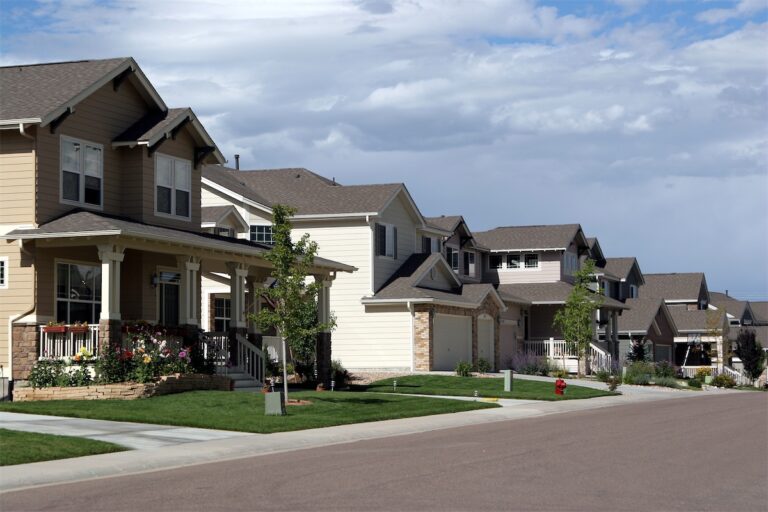Orange County Register: Public housing can’t solve California’s housing crisis

Recently, the Wall Street Journal published an article about one of California’s longest-running residential building projects —17 years and counting to complete 49 “affordable” housing units that cost $32.4 million to build, not to mention the land the county gave to the developer. The project, initiated in 2007, is listed as “pre-development” on the city’s website — a languishing victim of state and local regulations and a minefield of permitting processes.
It’s the latest example of why California, and every other state for that matter, should worry less about building “affordable housing,” and more about removing administrative hurdles that make it nearly impossible for developers to build any housing, including affordable housing.
California laws and policies, in conjunction with self-interested politicians and neighbors, have failed the very people that affordable housing projects purport to help — the increasing number of Californians in desperate need of a home. The irony of government impeding its own project with its own bureaucracy is heightened by the realities of government-subsidized housing — higher costs, larger burdens, and longer delays.
In a national study, Pew Charitable Trusts showed that California’s bad policies have driven up the costs of rental housing and increased homelessness in the state. Between 2017 and 2022, in conjunction with soaring rental costs, Sacramento saw a 144% increase in homelessness —followed by 104% in Fresno. The national average was just 4%. And two other California cities — San Francisco and Los Angeles — lead the way in demonstrating that high rental costs are directly connected to high rates of homelessness.
The Pew study went on to show that the cities that increased available housing and kept costs low “typically [did so] by reforming their local zoning codes to allow more apartments to be built.” It’s time for California cities to do the same.
In California, as little as 50 years ago, homelessness was rare and housing options were greater. Less-restrictive zoning made cost-effective options like renting private rooms in buildings with shared amenities more common. But, as the Pew study notes, “in the decades since, zoning or building code restrictions in most cities prevented more of these units from being developed, and city governments encouraged their conversion into other uses.”
California residents are living through the fallout of these burdensome zoning restrictions and bad policy decisions. The solution: government needs to get out of the way.
Deregulation promotes innovation. In recent years, we’ve seen creative housing solutions like build-to-rent developments, which enable families to live in more traditional single-family homes without the costs or burdens of ownership.
Others are exploring “missing middle housing”— the needed options between single-family dwellings and high-density large apartment complexes — things like duplexes, townhomes, and live-work spaces. Housing opportunities should be as unique as the people who need them, meeting both demand and desire.
With homelessness, rents, and building costs on the rise, governments should demonstrate their commitment to helping those in need by rolling back land-use regulations and streamlining processes. First steps can include simple, commonsense reforms like improving permit processes, lowering minimum lot sizes, allowing accessory dwelling units (AKA granny flats), and opening doors to multifamily housing.
Even when governments allow for building, they often impose steep costs that impede the ability to do so. My firm, Pacific Legal Foundation, recently represented a California homeowner at the U.S. Supreme Court, who challenged a crippling fee for installing a modest manufactured home. The county charged him over $23,000 for unidentified roadwork projects that could potentially be related to building on his land.
This is counterproductive: by putting the costs of public services onto new development, local governments make building new housing more expensive. Instead, governments need to make development easier, not borderline impossible or financially crippling.
The good news is that impactful reforms need not take 17 years!
With many legislative sessions starting, it is the perfect time for states to address these issues.
This op-ed was originally published in The Orange County Register on March 11, 2024.












